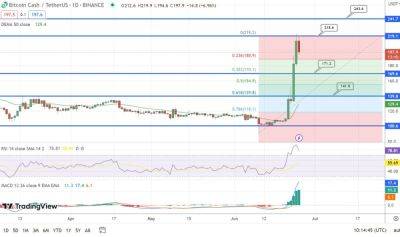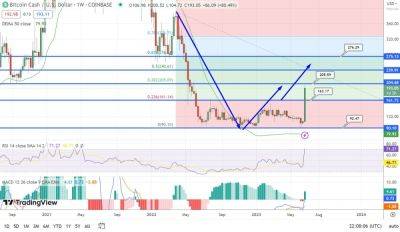Move over, Bitcoin! Ethereum might be the next SoV
Ever since its launch in July 2015, Ethereum [ETH] has scaled new heights of success by redefining the utility of blockchain technology. The major innovation brought about by the second-gen blockchain was the advent of smart contracts, a significant value improvement from its predecessor Bitcoin [BTC].
Is your portfolio green? Check out the Ethereum Profit Calculator
Have the new capabilities improved ETH’s status as a store of value (SoV), considered as the holy grail of any asset class?
Cryptocurrency investment firm CoinShares’ latest research threw light on some interesting aspects of ETH’s ownership and distribution across the world. According to the report, despite being primarily used as a medium of exchange (MoE) for transactions on the network currently, ETH’s usage has begun to shift towards a SoV.
As indicated through the coin age bands below, ETH’s dormant supply increased sharply over the past 4-5 years. The inactive supply, defined as coins that have not been transferred in the previous five years, climbed from 3% in 2020 to more than 10% in 2022. On the other hand, the coins that have moved over the last year dropped steadily in the same period.
Interestingly, this period also included the 2021 bull market during which ETH attained its peak. This implied that investors resisted the urge to cash out their holdings.
Source: Coinshares
Moreover, ETH that was being locked in the staking contract continued to grow despite a considerable drop in yields. This suggested that users were locking up ETH as a savings mechanism.
It should be noted that the below data was before the launch of the Shapella Upgrade which enabled unstaking. However, staked ETH has increased even more after the upgrade, as seen in one of the
Read more on ambcrypto.com

 ambcrypto.com
ambcrypto.com




















